You might think it’s just a rustle in the grass—but in some U.S. states, that sound could be a growing threat. Snake encounters aren’t just a backwoods legend anymore. From hiking trails to suburban yards, reports of bites are quietly creeping up in places no one expected. Locals are noticing. Experts are tracking. And the numbers aren’t staying low. Some blame warmer weather. Others point to shrinking wild spaces. Whatever the reason, snakes are showing up where people live, walk, and play—and the results can be terrifying. These 12 states are seeing the sharpest rise. And the stories from those living through it? You’ll want to hear them before your next nature stroll.
California
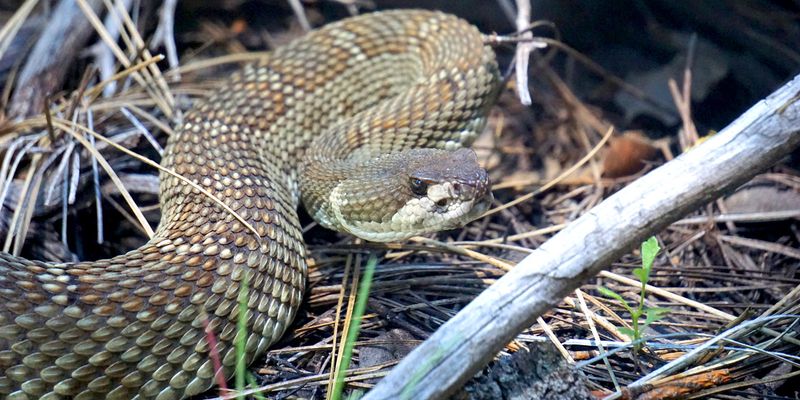
In the sunny state of California, hikers have been encountering more rattlesnakes. While strolling along popular trails, it’s common to hear a sudden rattle from the brush, causing hikers to pause. “I never used to worry much,” one local hiker shares, “but now I keep an eye out.” The climate changes and urban sprawl are pushing snakes into more populated areas. Not only hikers but also residents in suburban neighborhoods see these reptiles in their backyards. Authorities advise keeping a safe distance and educating oneself on snake behavior as encounters rise.
Texas
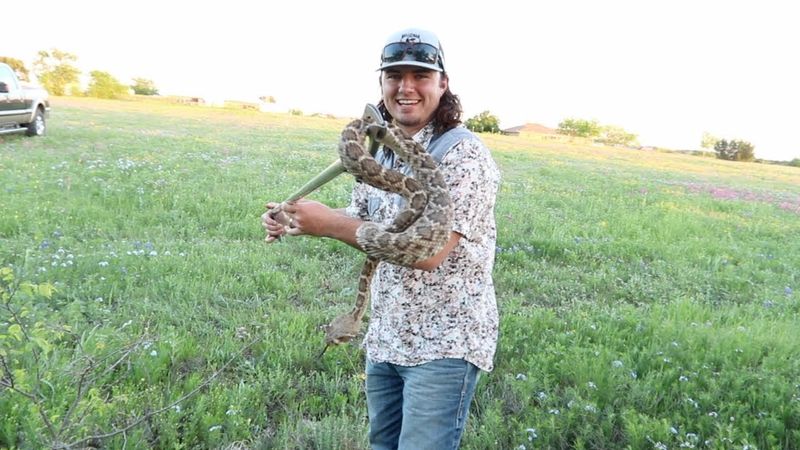
Texas, known for its vast landscapes, now sees an increase in snake incidents on farms and ranches. “Out here, you always watch where you step,” a Texan farmer explains. With expansive fields, snakes find refuge in the tall grass. Livestock owners report frequent sightings, raising concerns for animals and workers alike. The warming temperatures might be to blame, pushing snakes into new territories. Residents are advised to wear protective boots and use caution when moving through dense foliage. Despite being part of life in Texas, the snake presence is more noticeable now.
Florida

Even Florida’s beaches are not immune to the rising snake presence. The warm, humid climate provides an ideal habitat for various snake species. “I was just enjoying the sun when I saw a snake by my towel,” recalls a startled beachgoer. Locals note that snakes are more visible near water bodies and residential areas. With increasing development and habitat encroachment, these reptiles are appearing in unexpected places. Residents are advised to be vigilant, especially in areas where children play. Authorities recommend learning to identify native snakes for safety.
Arizona
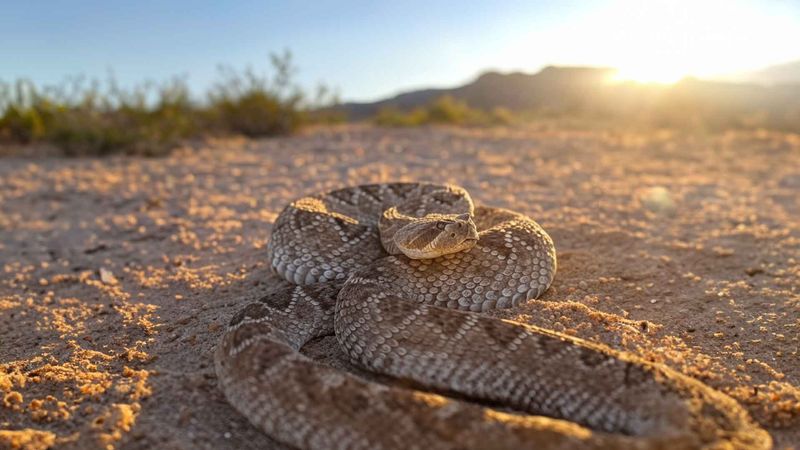
Arizona’s deserts are known for their diverse snake population, but locals report an uptick in encounters. “We were just taking a walk when we saw one on the trail,” a young couple describes. The arid climate and rugged terrain are home to many snakes, but development and tourism increase interactions. Locals are cautious, especially during hikes, as snakes blend in with the sandy surroundings. It’s crucial to stay on marked paths and be aware of the environment. Authorities emphasize educating newcomers about snake behavior to prevent incidents.
Georgia
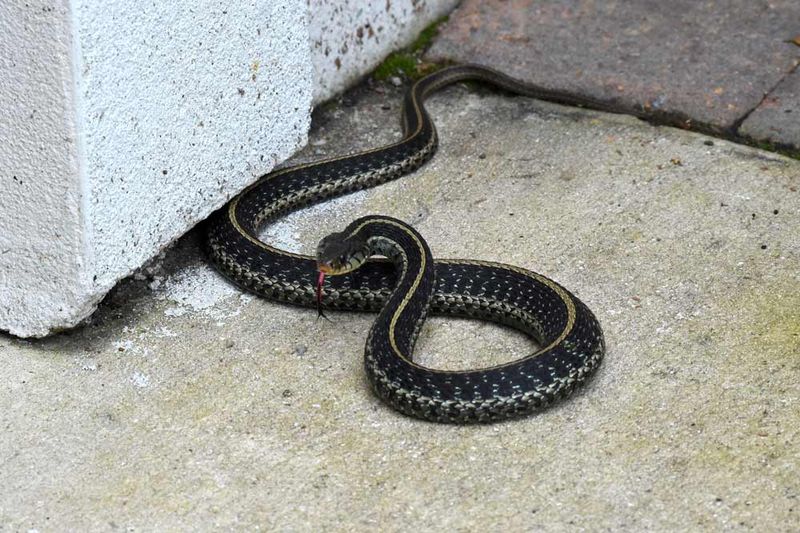
Georgia’s lush landscapes and warm seasons contribute to its rising snake encounters. “I found one in my garden among the roses,” a homeowner recounts. The mix of suburban expansion and natural habitats leads to more frequent sightings. Snakes seek shade in gardens or under porches, surprising residents. Locals are advised to keep gardens tidy and remove debris where snakes might hide. Community workshops are held to teach people how to handle potential encounters safely. The state’s natural beauty, while inviting, also means sharing space with wildlife.
North Carolina
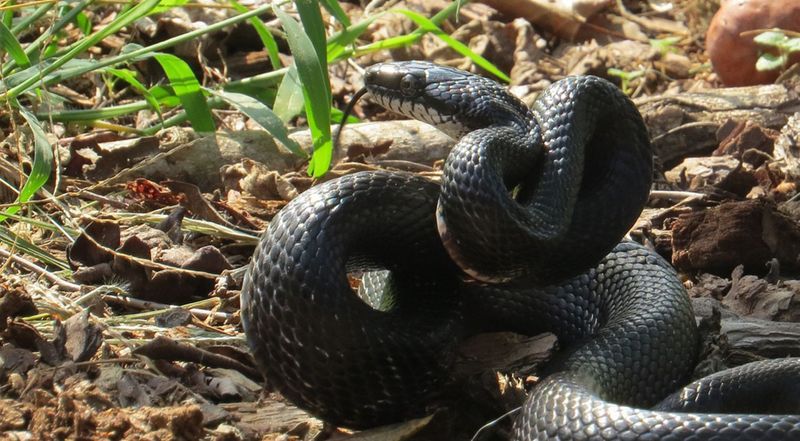
In North Carolina, families discover snakes in their wooded backyards, alarming parents. “My son found one near the playset,” a concerned parent reports. The state’s forests and mild climate are ideal for snakes, which thrive in leaf litter and underbrush. As communities expand into rural areas, human-snake interactions increase. Parents are urged to educate children about snake safety and supervise outdoor play. With awareness and caution, families coexist with these reptiles while minimizing risks. Community groups offer resources and training on cohabiting with local wildlife safely.
Alabama
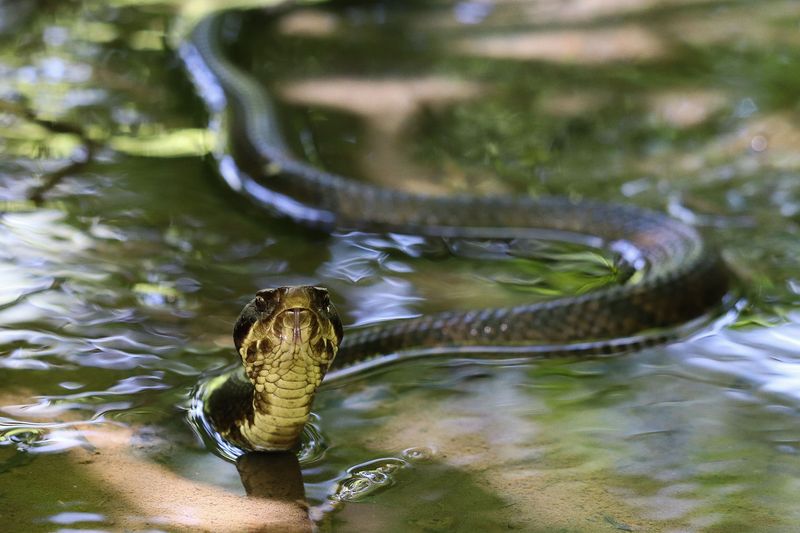
Alabama’s lakes and waterways are scenic, but also home to more snakes. “I was fishing when I noticed one swimming close by,” an avid fisherman shares. The combination of water and warm temperatures creates an optimal environment for snakes. Anglers and visitors to these areas should be aware of their surroundings, especially near water’s edge. The increase in snakes is attributed to habitat changes and climate conditions. Fishermen are advised to use caution when retrieving gear and to keep a respectful distance from any snake sightings.
Louisiana
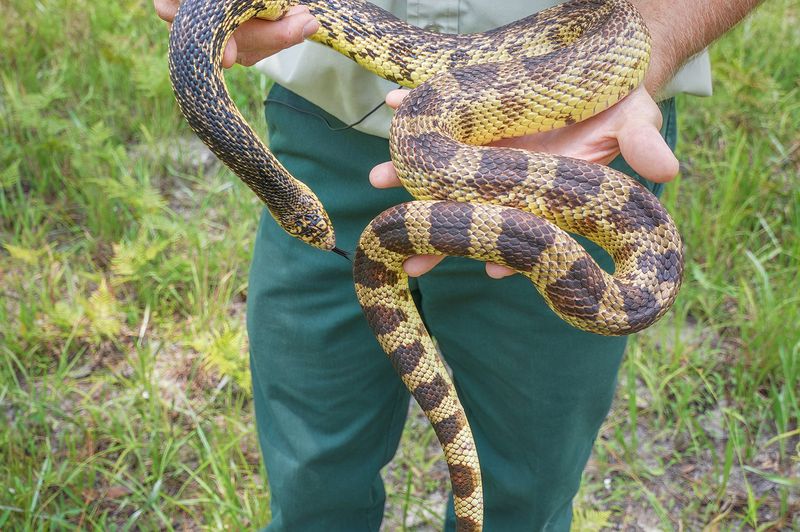
Louisiana’s bayous are iconic, teeming with wildlife including a growing snake population. “We see them often on our tours,” a swamp guide mentions. The wetlands provide a perfect habitat for snakes, drawing them to the water’s edge and among the dense vegetation. Tourists are advised to stay on designated paths and listen to guides’ warnings. The increase in sightings is linked to environmental changes and increased tourism in natural areas. Guides emphasize the importance of respecting wildlife and understanding their role in the ecosystem.
Mississippi
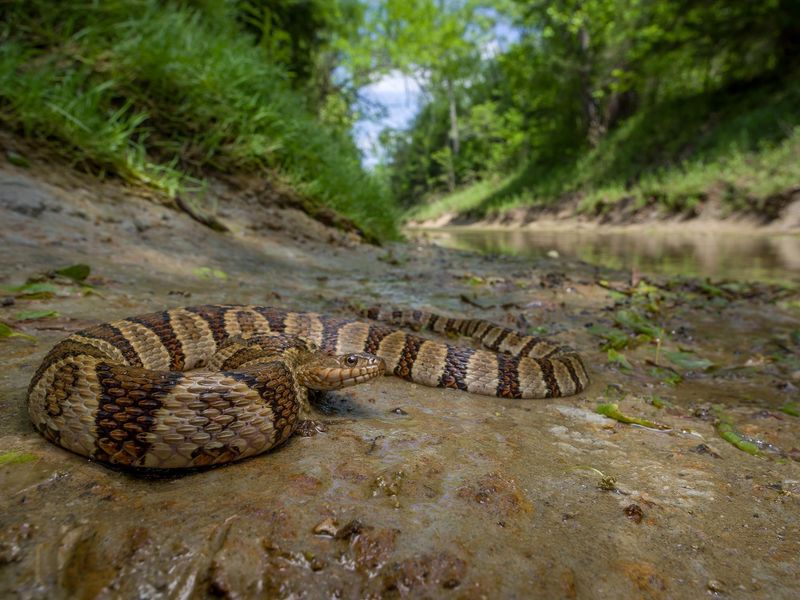
Mississippi’s dense forests and humid climate make it a haven for snakes. “I almost stepped on one during my morning hike,” a local hiker recalls. The combination of thick foliage and warm weather attracts snakes to these regions. Hikers and nature enthusiasts are advised to remain vigilant on trails and to wear appropriate footwear. The rise in snake encounters is partly due to human encroachment into previously undisturbed areas. Awareness campaigns help educate people about snake behavior and safety, ensuring peaceful coexistence with these reptiles.
South Carolina

South Carolina’s golf courses are picturesque but increasingly interrupted by snakes. “I saw one slithering by the green,” a golfer recounts. The well-maintained landscapes and water features attract snakes seeking shelter and food. Golfers are advised to remain cautious, especially near water hazards and wooded areas. As development continues, snakes are pushed into new territories, leading to more frequent sightings. Clubs are taking steps to inform members about snake safety, including how to identify and avoid potential dangers. The challenge is balancing recreation and nature.
Tennessee
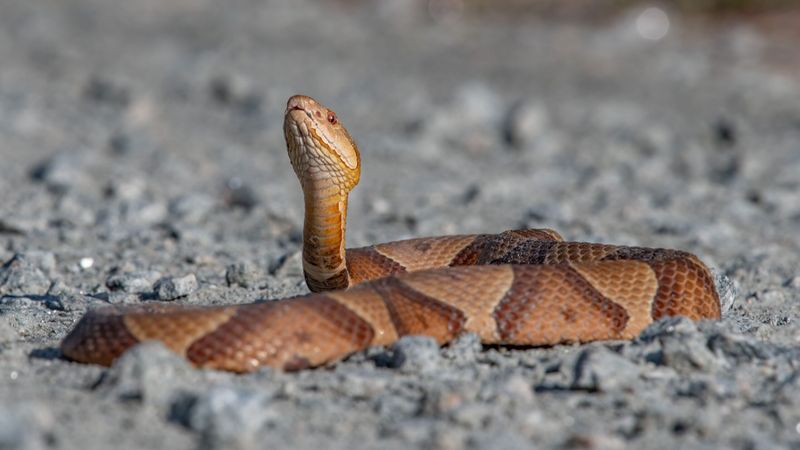
Tennessee’s campsites, nestled in lush forests, are seeing more snake visitors. “I spotted one near my tent,” a camper shares with a mix of awe and caution. The state’s abundant wildlife and varied terrain attract snakes, especially where humans frequent. Campers are advised to store food securely and keep tents zipped. The increase in sightings is attributed to habitat disruption and changing climate patterns. Park rangers offer advice on avoiding snake encounters and emphasize respecting their role in the ecosystem. Understanding and preparation are key to a safe outdoor experience.
Oklahoma

Oklahoma, with its wide-open spaces and warm summers, is experiencing a rise in snake sightings on ranches. “I saw one in the barn among the hay,” a rancher notes. The state’s agricultural areas offer ample hiding spots for these reptiles, especially in barns and equipment sheds. Farmers are encouraged to check for snakes before moving equipment or feeding livestock. The trend is linked to environmental shifts and increased agricultural activity. Information sessions focus on safe snake handling and habitat management to reduce encounters and ensure safety.

